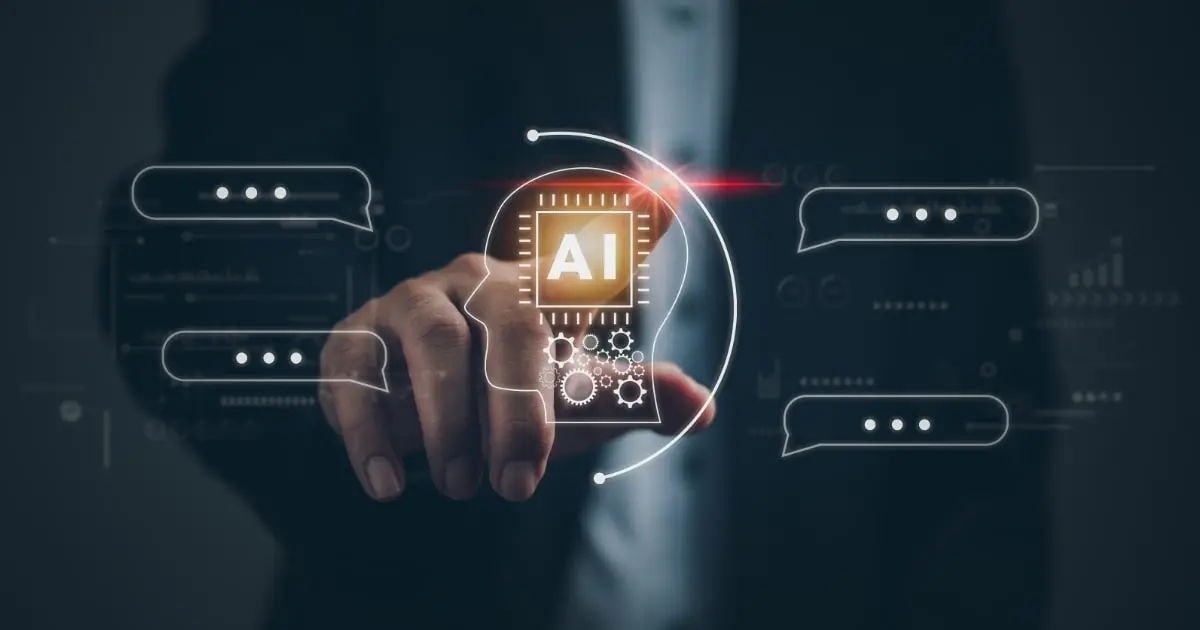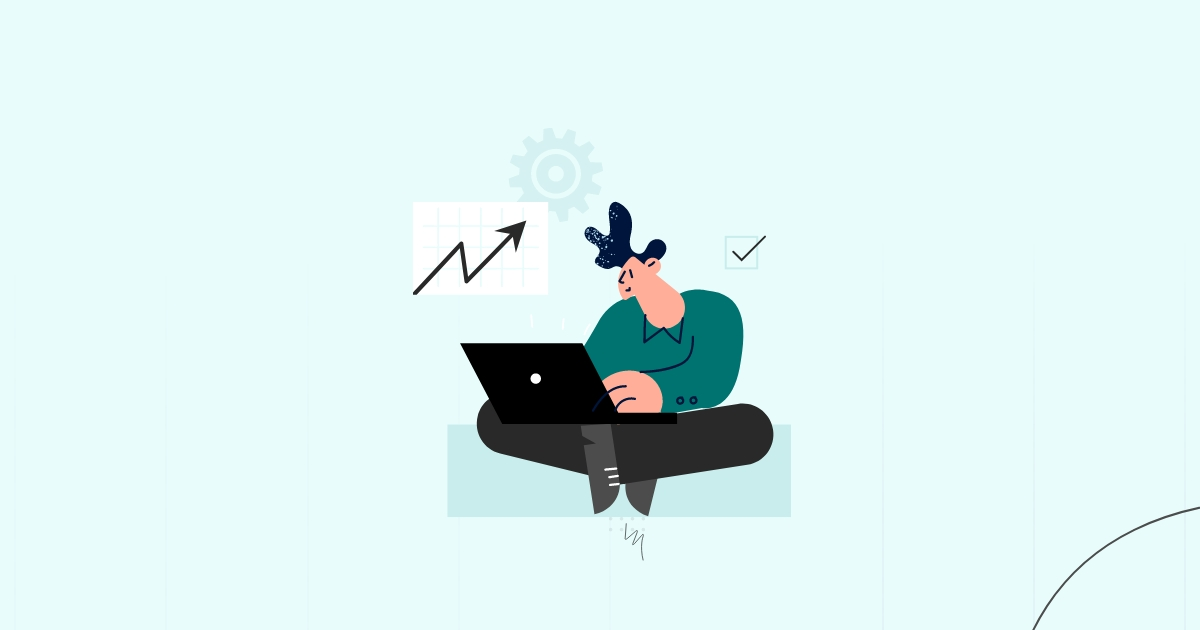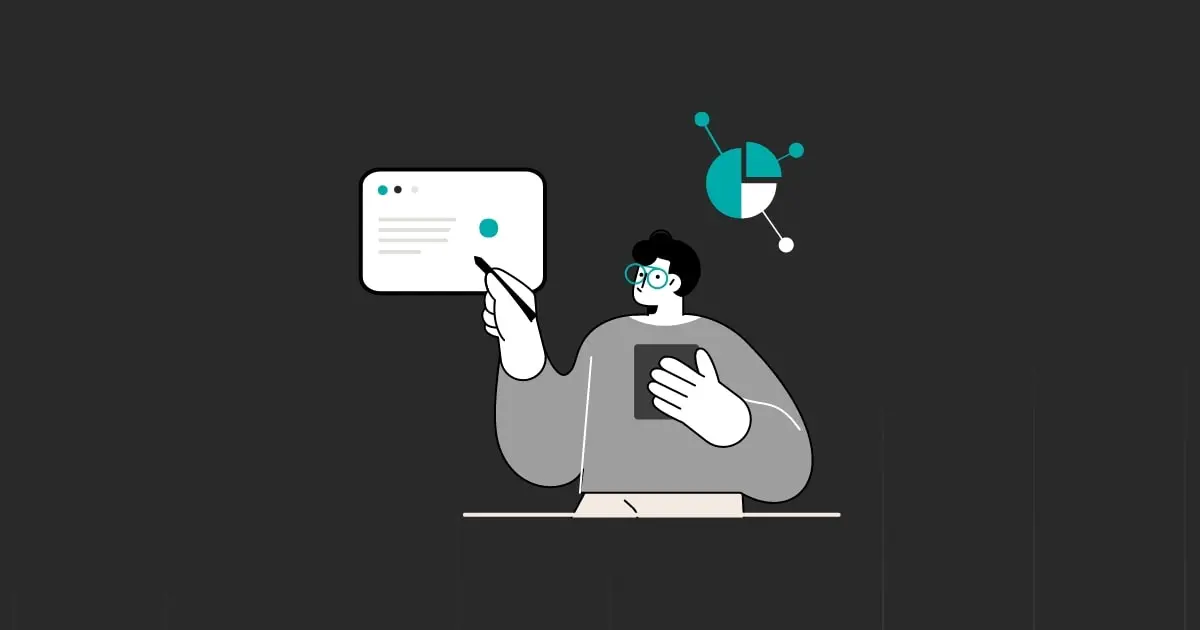Have you ever wondered what could happen if your organization’s productivity had the power of tomorrow’s technology at its fingertips? As organizations recognize a motivated and efficient workforce’s pivotal role, the emphasis on finding innovative solutions to enhance employee productivity has never been more crucial. Enter the transformative realm of Artificial Intelligence (AI), a technological frontier that captures the imagination and promises to revolutionize how we work.
Gallup’s State of the Global Workplace: 2023 Report estimates that the global economy loses $8.8 trillion in productivity due to disengaged or non-engaged employees. That is comparable to 9% of the world’s GDP. This statistic underscores the urgency for organizations to address the challenges employees face in the modern workplace. From information overload to the struggle for work-life balance, the traditional approaches to work often need to meet the dynamic needs of today’s workforce.
In this blog, as we delve into AI’s profound impact on unlocking the untapped potential within the workforce, let’s also explore practical steps to leverage AI for improved employee productivity.
I. Understanding the Current Employee Landscape
Employees face numerous obstacles in the constantly shifting modern workplace that may prevent them from being productive. From information overload to the constant demand for multitasking, the traditional approaches to work often fall short of meeting the dynamic needs of today’s workforce. The struggle to maintain a work-life balance amidst digital distractions and the pressure to stay agile in an environment of rapid change are challenges that resonate with professionals across industries.
Recognizing the pressing need for innovative solutions, organizations are turning their gaze toward technology to address these challenges head-on. The pursuit of improved employee productivity is steering enterprises towards a proactive stance, seeking tools and strategies beyond conventional approaches. As the demand for a more agile and responsive workforce intensifies, the stage is set for the infusion of cutting-edge solutions, and at the forefront of this transformation is AI.
II. The Role of AI in Employee Productivity
AI-powered tools are transforming how we collaborate, analyze, and innovate, redefining what it means to be productive. In the context of employee productivity, AI acts as a catalyst for change. From automating repetitive tasks to offering insights through advanced analytics, AI brings a range of applications that redefine the work landscape. Chatbots streamline communication, virtual assistants enhance collaboration within an organization, and predictive analytics provide foresight, all contributing to a more efficient and productive work environment.
According to a Forbes Advisor survey, 64% of companies believe that artificial intelligence will contribute to their overall productivity. This statistic highlights the growing confidence in AI’s transformative potential in revolutionizing corporate processes.
Routine tasks are being reinvented by the power of machine learning, natural language processing, and automation. Meanwhile, AI-driven collaboration tools build bridges across borders, transforming how teams work together. Integrating AI into project management systems enhances efficiency, making processes more intuitive and responsive to user needs.
Furthermore, AI supercharges the productivity of aspiring leaders by tailoring experiences, automating tedious tasks, and offering data-driven wisdom. This fuels strategic planning, curriculum building, and a love for continuous learning. Smart systems adapt to individual progress, maximizing efficiency and impact. Ultimately, AI empowers leaders to make informed decisions and boost learner and organizational success.
III. Benefits of Leveraging AI for Employee Productivity
- Increased Efficiency and Time Management: Automating repetitive tasks enhances overall efficiency, allowing employees to focus on high-value activities. Not only does this reduce the risk of exhaustion, but it also empowers you to get things done faster and manage your time efficiently.
- Personalized Learning and Development Opportunities: AI’s analysis of individual performance and learning preferences enables the delivery of customized training modules. This accelerates the learning curve and fosters a culture of continuous learning & development aligned with organizational goals.
- Enhanced Decision-Making Through Data-Driven Insights: AI acts as a crystal ball for businesses, peering into data sets to uncover hidden insights and correlations. This foresight empowers organizations to make data-driven decisions and confidently navigate the ever-changing business terrain.
- Improved Employee Collaboration: AI-powered collaboration tools facilitate seamless teamwork, breaking geographical barriers and enabling efficient virtual collaboration. This promotes improved communication and the sharing of information among team members.
- Streamlined Project Management: Integrating AI into project management systems improves efficiency by making tasks and workflows more intuitive and responsive to user needs. This enhancement ensures project timelines are met and milestones achieved.
- AI-Powered Task Optimization for Enhanced Productivity: AI significantly contributes to content production, assisting with article outlines, content analysis, and summaries to boost creativity. In fraud prevention, its continuous monitoring excels in detecting patterns, while AI-driven live chat systems streamline customer support tasks, allowing human operators to handle complex queries. Identifying mundane tasks for AI intervention enables employees to focus on strategic work, enhancing creativity, imagination, and overall productivity.
IV. Getting Started with AI Implementation
Assessing Organizational Needs and Goals
Before diving into AI implementation, organizations must comprehensively assess their unique needs and goals. Understanding employees’ specific challenges and aligning AI tools or solutions with organizational objectives lays the foundation for a successful AI implementation.
Identifying Suitable AI Tools for Employee Productivity
The market is flooded with AI tools, and choosing the right ones requires a strategic approach. Organizations should identify tools that seamlessly integrate with existing workflows, addressing the identified challenges while ensuring scalability for future needs.
Creating a Roadmap for Implementation
AI implementation is not a one-size-fits-all undertaking. Crafting a detailed roadmap is crucial, outlining the phased deployment of AI tools or solutions, employee training programs, and continuous evaluation metrics. A clearly outlined strategy guarantees a seamless shift and optimizes the influence of AI on the efficiency of employees.
V. Overcoming Challenges: Addressing Concerns, Resistance, and Ensuring Security
Navigating technological change requires addressing concerns and potential resistance from employees. With clear communication and employee buy-in, even the best plans can continue. Successful AI implementation necessitates comprehensive training, seamless integration, and robust security measures.
Data privacy is paramount in AI, especially with models like ChatGPT. Employees must be trained in potential privacy implications, considering instances of unintentional leaks of sensitive data to AI systems.
As AI systems, like Copilot for Microsoft 365, advance and enable training on internal data, security becomes even more critical. While these systems simplify tasks like creating presentations, organizations must prioritize stringent security protocols to prevent unintended data exposure.
VI. Best Practices for Sustainable AI Implementation
- Continuous Monitoring and Evaluation:
Regularly assess the performance of implemented AI solutions, conduct periodic evaluations to ensure alignment with organizational goals, and adapt and optimize AI systems based on performance metrics and feedback.
- Adapting to Evolving Technology and Employee Needs:
Stay informed about evolving AI technologies and industry trends, regularly update AI systems to leverage the latest advancements, and remain responsive to employee feedback for ongoing improvements.
- Comprehensive Employee Training Programs:
Provide training programs to ensure employee proficiency, focus on upskilling employees to leverage AI tools effectively, and implement continuous learning initiatives to keep employees abreast of AI advancements.
- Inclusive Employee Involvement:
Involve employees in the AI implementation process, encourage feedback and suggestions to improve the user experience, and foster a sense of ownership and collaboration among the workforce.
Conclusion
In conclusion, the fusion of AI and employee productivity is a journey worth embarking on for organizations seeking a competitive edge. By understanding the current employee landscape, recognizing the role of AI, and leveraging its benefits, organizations can overcome challenges and propel their workforce toward unprecedented efficiency and effectiveness. Success hinges on effectively implementing strategies, tackling concerns, and nurturing a culture of ongoing improvement through AI-driven innovation. As we navigate the transformative landscape of the modern workplace, let the potential of AI be the guiding force toward a future where productivity knows no bounds.
Contact us today to embark on a transformation journey and elevate your organization to new heights of efficiency and effectiveness. Your future of enhanced productivity awaits!




